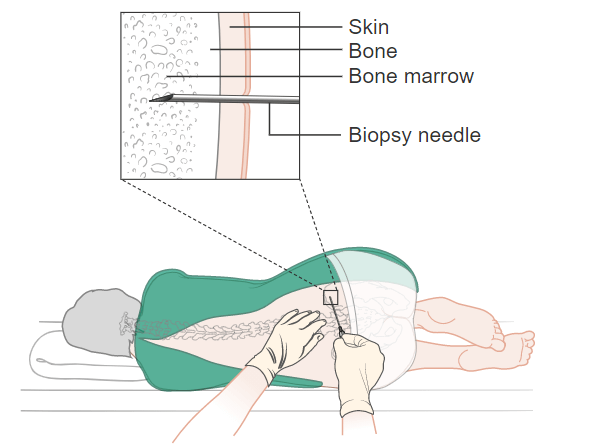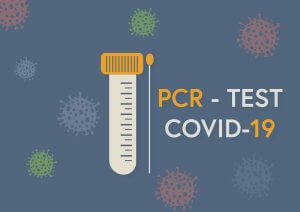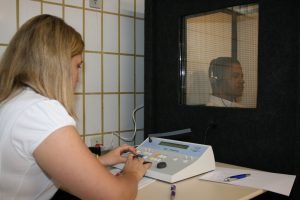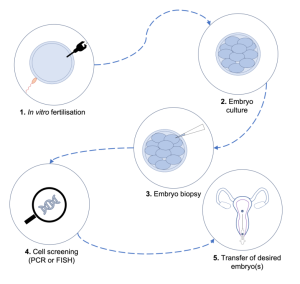Overview
Biopsy refers to the removal of a small part(s) of tissue from your body as samples. In some cases, like cancer or certain diseases, you may have to go further testing to assess the full extent of the disease in order to treat it promptly and biopsy procedures are performed. Biopsies or tissue samples are mostly taken for the proper diagnosis of cancer.
Removal of tissue does sound scary; however, it is a very low-risk procedure in which you will virtually have no pain. The type of sample or biopsy and its location depends on the situation. Different forms of tissues that can be taken as biopsies are:
- Skin
- Mucosal surfaces
- Part of an organ
- Suspected tumour
In this article, we will cover some general information about the biopsy procedure and its different types.

Indications
Biopsies are usually done for the analysis of certain types of tumours and the tumour profile (benign, malignant, or type of cancer). Biopsies are only indicated after there is a suspect of dysplasia, neoplasia, or tumour growth. These suspicions arise only after initial assessment and examination by other diagnostic tests like CT scan, ultrasound, and/or MRIs.
Some indications for biopsies are:
- Abnormally raised blood cell counts – this can include a high white or red blood cell count.
- Tumorous growth finding in another test like CT scan or MRI
- Blood in urine or haematuria
- Pooping blood
- Dysplasia – refers to the reversible change in the morphology (appearance and function) of a cell due to an external stimulus.
Types
Several different types of biopsies are routinely used to take samples from different parts of your body. Some of these types that you can be familiar with are:
Bone Marrow Biopsy
This procedure refers to taking a sample from the marrow present in your bones. This biopsy is usually taken from the long bones of your body that are active in producing your blood cells.
The most common site for a bone marrow biopsy is your hip bone. These biopsies can help diagnose certain types of blood cancers e.g., leukemias, anaemias, and/or lymphomas.
Endoscopic Biopsy
This procedure refers to the use of an endoscope to take tissue samples from the internal organs of your body. Commonly accessed parts of your body are your bladder, colon, or respiratory tract.
A small tool is inserted either through your mouth, nose, anus or through a small incision in your skin. This is a tube-like tool with a camera present at one end that helps visualise your internal organs and take samples.
Needle, Skin and Surgical Biopsy
A needle biopsy as the name refers, this procedure uses different types of needles to take samples from more accessible parts of your body like your skin or the tissue under the skin. There are different types of needle biopsies including; core needle biopsies; fine needle biopsies, and vacuum-assisted biopsies, etc.
A skin biopsy – in case you have a skin rash or some skin abnormalities e.g., melanoma or warts, biopsies can be taken for lab analysis.
A surgical biopsy – in some cases, your doctor might need to perform surgical procedures to get tissue biopsies from regions like the abdomen or aorta. Typically, laparoscopic surgery is performed for this purpose.

Risk of the Procedure
Biopsy procedures are usually low-risk procedures and are associated with little to no pain. Some of the complications that may occur are:
- Infection
- Bleeding
- Feeling sick or nausea
- Perforation of an organ or wall (rare)
Usually, the benefits of the procedure outweigh the risks it carries. You should discuss the benefits and risks of a biopsy with your doctor thoroughly.
Patient Preparation
Preparation for biopsies depends on the type of biopsy you are prescribed. Generally, you would be advised to:
- Stop food or drink intake – usually, you would be advised to stop intake about 6 to 12 hours before your examination. In some specific procedures like colonoscopy, you might have to stop taking solid foods 24 hours before the exam.
- Stop taking blood thinners like aspirin or warfarin several days before your exam
- You may be advised to take laxatives if the tissue sample that needs to be taken from your gastrointestinal tract
- You will need to change into a hospital gown
- You should bring along a friend or family member to accompany you home
You should tell your doctor about your previous drug history to avoid any complications.
Procedure
The biopsy procedure varies according to the type of biopsy you would need. In case of skin biopsy or needle biopsy, you would be administered a local anaesthetic and the procedure is short and simple. Biopsies are usually performed in hospitals or special clinics.
For endoscopic or laparoscopic procedures, you might be administered a stronger form of anaesthetic or general anaesthesia and the procedure may take around an hour.
For most biopsies, you would require some form of anaesthesia to diminish the pain that might be caused during taking a tissue sample.

Patient Recovery
After the biopsy is performed your doctor would need you to stay in the hospital for a couple of hours. This is to ensure that you are suffering from any complications. You can resume eating food and drinks after the doctor clears you.
You might feel numbness around the area where the anaesthetic was applied. If you were given general anaesthesia, you might feel dizzy or confused for a couple of hours. This sedative effect usually wears off in 24 hours. You should rest for a day after your biopsy.
If you underwent a surgical biopsy, you might need to rest longer 5 to 7 days or more depending upon the procedure. You should follow the guidelines given by your doctor cautiously to avoid any harmful situations.
Outcomes
The samples taken during your biopsy will be sent to a pathology lab for detailed analysis. It takes about a week or two weeks for the full report to come. The pathologist will send the reports to your doctor and your doctor will ask you to come and discuss them. Your diagnosis will depend on these reports and other findings that your doctor had.
You should discuss these reports in detail and follow up instructions for appropriate treatment.
- Biopsy. (n.d.)
breastcancer.org/symptoms/testing/types/biopsy.jsp
- Endoscopy. (2010)
mayoclinic.com/health/endoscopy/MY00138
- Liver biopsy. (2009)
digestive.niddk.nih.gov/ddiseases/pubs/liverbiopsy/
- Biopsy (2018)
https://www.healthline.com/health/biopsy
The content shared in the Health Literacy Hub website is provided for informational purposes only and it is not intended to replace advice, diagnosis, or treatment offered by qualified medical professionals in your State or Country. Readers are encouraged to confirm the information provided with other sources, and to seek the advice of a qualified medical practitioner with any question they may have regarding their health. The Health Literacy Hub is not liable for any direct or indirect consequence arising from the application of the material provided.



